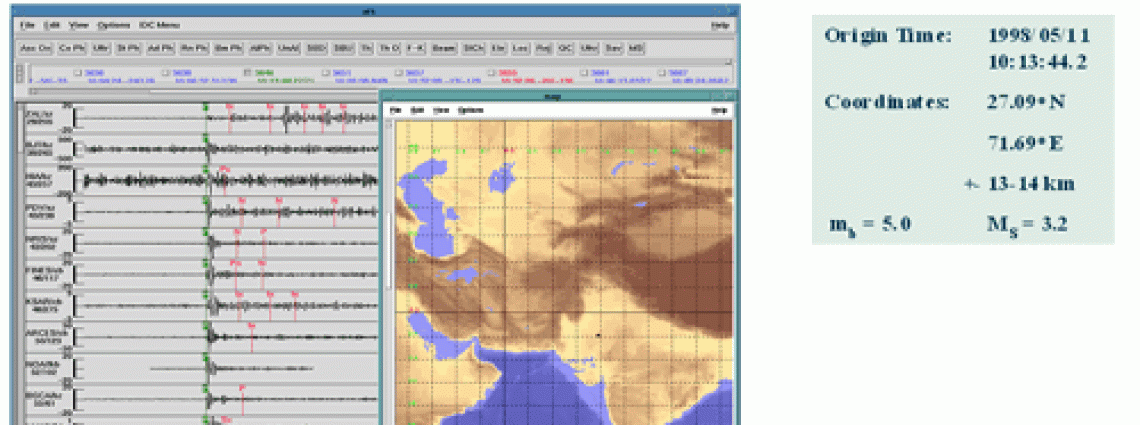Ten years since India and Pakistan conducted nuclear tests
International outrage over nuclear testing in India and Pakistan
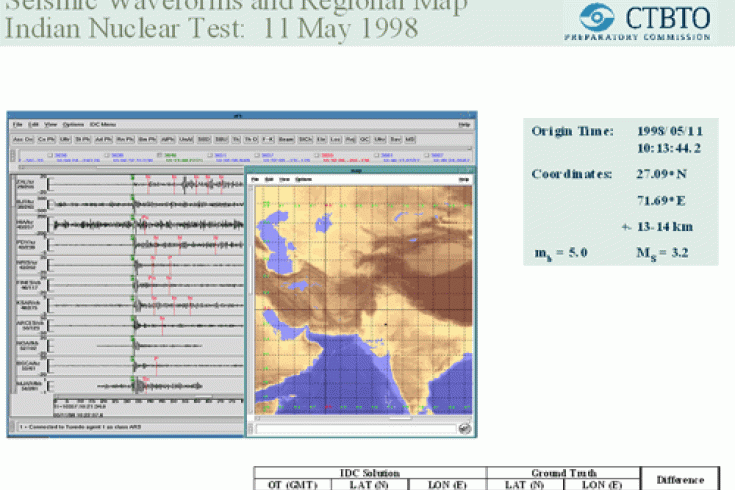
Seismic waveforms and regional map, Indian Nuclear Test, 11 May 1998
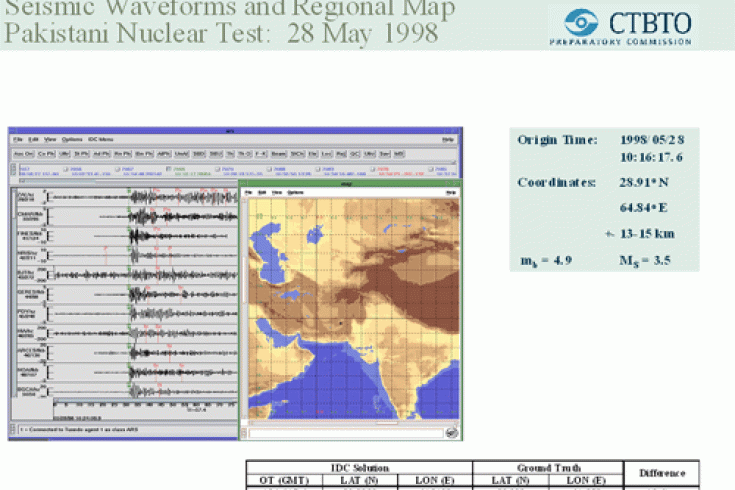
Seismic waveforms and regional map, Pakistani Nuclear Test, 28 May 1998
Importance of CTBT's global verification regime
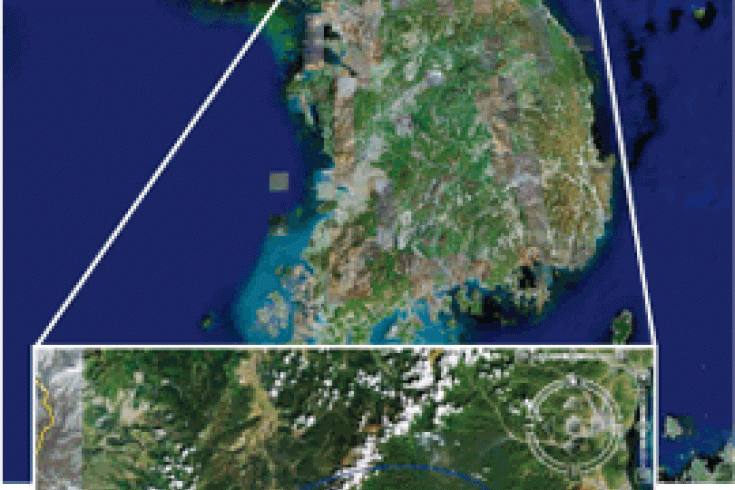
Data analysis resulted in the identification of a potential inspection area of less than 1000 square kilometres as illustrated by the red ellipse.
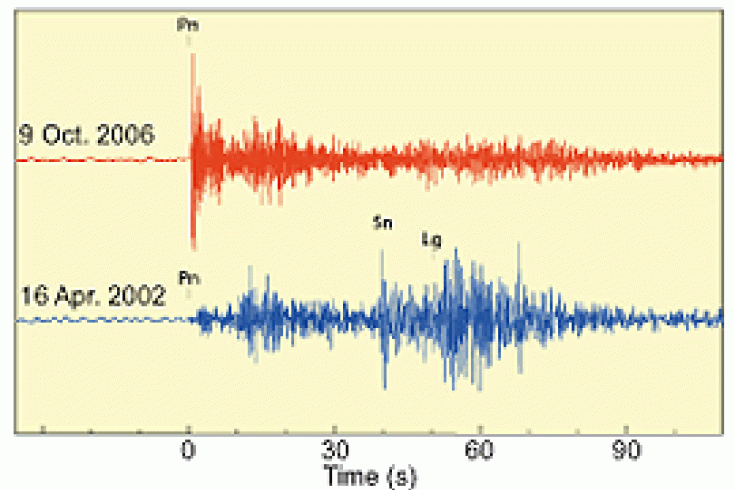
Seismograms for the declared nuclear test and from an earlier earthquake, recorded at primary seismic station PS31 at Wonju, Republic of Korea.
DPRK's declared nuclear test validates Treaty's verification capabilities
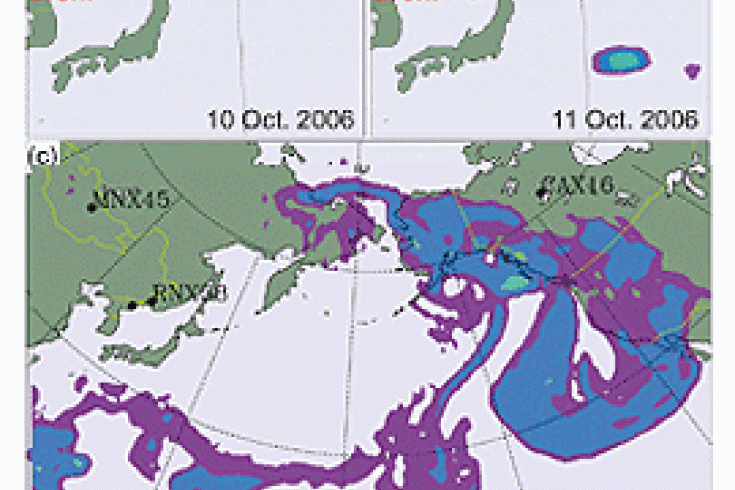
Hypothesized dispersion of radioactive noble gas Xenon 133 shown one (a), two (b) and (c) 10 days after the declared nuclear test.
Global verification regime nears completion

Radionuclide Laboratory at Kirov, Russian Federation, which was certified on 16 May 2008.
CTBT approaches universality
International pressure increases on remaining States to ratify CTBT
29 May 2008
